Industry 4.0 and the Industrial Internet of Things (IIoT) offer significant benefits to automation and processing plants, through improved machine-to-machine communication, faster and more comprehensive data collection and sharing, and improved predictive maintenance. One of the key enablers of these smart factories is a communication protocol known as IO-Link — an open standard, point-to-point communication link for sensors and actuators. IO-Link offers benefits over traditional IO in the form of reduced cost and complexity, improved process efficiency, and increased machine availability.
The international standard IEC 61131-9 specifies a single-drop digital communication interface technology (SDCI, commonly referred to as IO-Link) for sensors and actuators. It’s important to note that IO-Link is not a fieldbus — in fact, it can be applied over various networks, fieldbuses, and backplane buses.
An IO-Link configuration consists of a master and devices such as switches, sensors, and actuators. The master can be connected to virtually any fieldbus, and information flow between the master and devices is bi-directional. A key differentiator between IO-Link and standard IO is that with IO-Link, three types of data can be transmitted between the master and devices: process data, service data, and events.
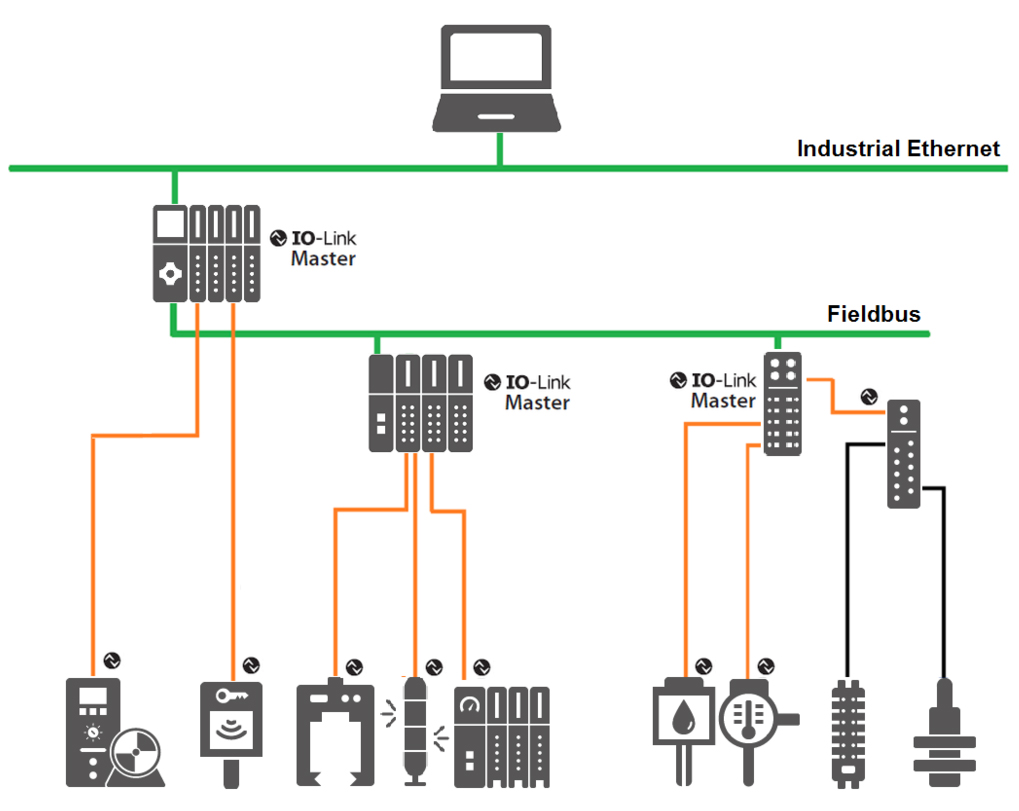
Process data is information the device reads from and transmits to the master. Service data includes information about the sensor or device itself, such as parameter values, serial number, status, and configuration. Event data includes both standard and vendor-specific notifications, which are further qualified as errors, messages, or warnings. Process data is transmitted cyclically (automatically transmitted on a regular basis), while service and event data are transmitted acyclically (only when needed or requested), and IO-Link provides data transmission rates of 4.8 kbps, 38.4 kbps, and 230 kbps.
Another benefit of IO-Link is that it is based on standard, unshielded, three-wire cables, so it eliminates custom cabling and connectors and simplifies wiring overall, particularly for analog devices. (When power is required to the device, a standard 5-wire cable is used.) It also does away with the need for A/D (analog-to-digital) and D/A (digital-to-analog) signal conversions for analog devices, which degrade the quality of data transmission. With IO-Link, only an A/D conversion is necessary, making the signal transmission between the sensor and controller more reliable and eliminating data losses. And IO-Link addresses the multiple interfaces that different devices require — such as binary switching, analog IN/analog OUT, or RS232 — and instead uses a single interface for the communication, regardless of whether the device is a sensor, actuator, gripper, or valve.
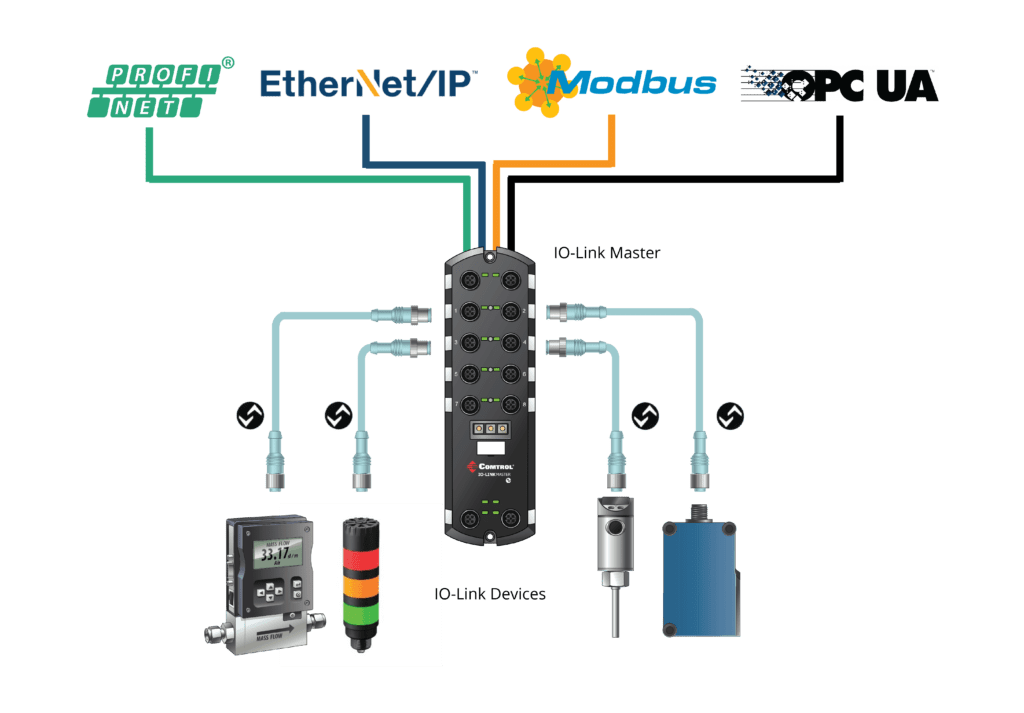
Image credit: Pepperl+Fuchs Comtrol, Inc.
Each IO-Link device has an IO device description (IODD) which is independent of the fieldbus or controller. The IODD contains information about the device, such as manufacturer, model number, serial number, device type, and parameter information. And IO-Link allows bi-directional communication, so together with the IODD, IO-Link devices can be parameterized remotely, and parameters can be changed dynamically when needed, such as when a product changeover occurs.
The IODD also makes replacing a device almost fool-proof, since the master can reject a device that doesn’t match the one being replaced. And if the replacement is a new version of the device, the master can check for and enable backwards compatibility (if available) between the new and previous versions. And like initial parameterization, the new device can be commissioned quickly and remotely.
In addition to the hands-on benefits that users see during assembly, integration, and start-up, IO-Link supports the IIoT and Industry 4.0 initiatives by providing more data about the device, machine, and process, which allows users to perform real-time monitoring and diagnostics and make better, faster decisions.

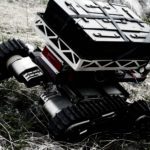

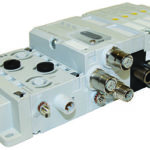
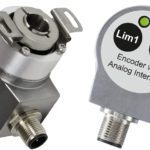


Leave a Reply
You must be logged in to post a comment.